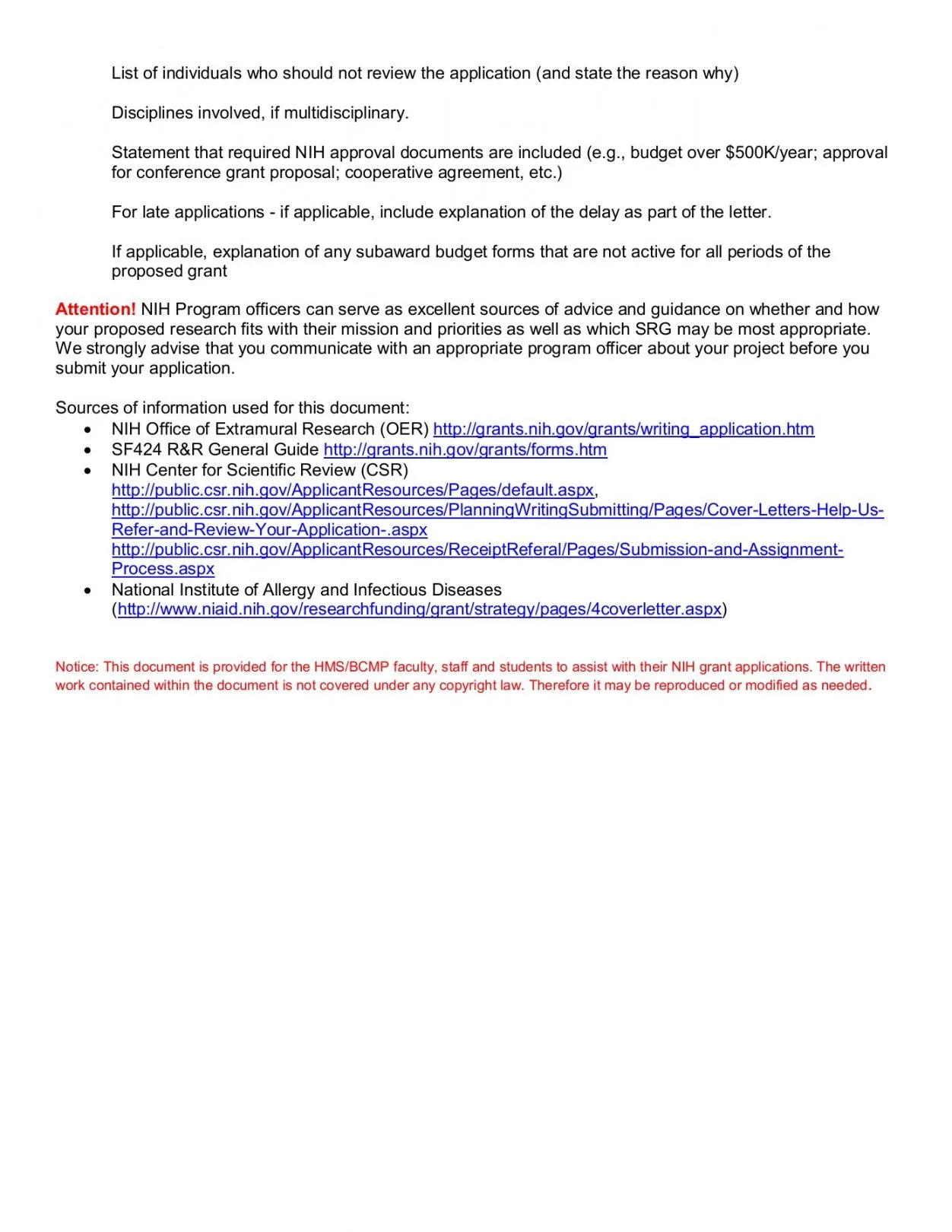In the competitive world of grant applications, a well-crafted cover letter is more than just a formality; it’s your first and often most crucial opportunity to make a strong impression. This letter serves as your introduction, setting the stage for the entire proposal and influencing the funder’s initial perception of your project and organization. A compelling cover letter can significantly increase your chances of securing funding, highlighting your project’s relevance and your organization’s capabilities. This guide delves into the secrets of writing an impactful grant proposal cover letter, providing you with the knowledge and tools necessary to capture the attention of grant reviewers and ultimately, achieve your funding goals. Learn how to create a persuasive cover letter that not only introduces your proposal but also builds a strong case for why your project deserves investment.
The Significance of a Grant Proposal Cover Letter
The significance of a grant proposal cover letter cannot be overstated. It is the initial point of contact between your organization and the potential funder, acting as a crucial bridge to your comprehensive proposal. It’s where you create your first impression, establishing the tone and context for your entire submission. A well-written cover letter demonstrates professionalism and attention to detail, qualities that are highly valued by grant-making organizations. It provides a concise overview of your project, highlighting key aspects that align with the funder’s mission and priorities. This initial summary is vital in grabbing the reviewer’s attention and encouraging them to delve deeper into your proposal. Furthermore, a strong cover letter helps differentiate your application from the competition by clearly and concisely articulating your project’s value and potential impact. The cover letter should convey your passion for your cause, showcasing your commitment and dedication to addressing the issue at hand.
Key Components of an Effective Cover Letter
An effective grant proposal cover letter must include several essential components to make a strong impression. These elements work together to present your project and organization in the best possible light, ensuring that the funder understands the value of your proposal. By including these elements in the letter you provide clarity, express enthusiasm and make your request, while also keeping the formatting professional. Each component plays a critical role in communicating your project’s importance and your organization’s ability to successfully execute it. A well-structured cover letter ensures that you present your project and organization in a clear and concise manner. This attention to detail demonstrates professionalism and enhances your credibility, making a positive impression on the grant reviewers.
Your Contact Information and Date
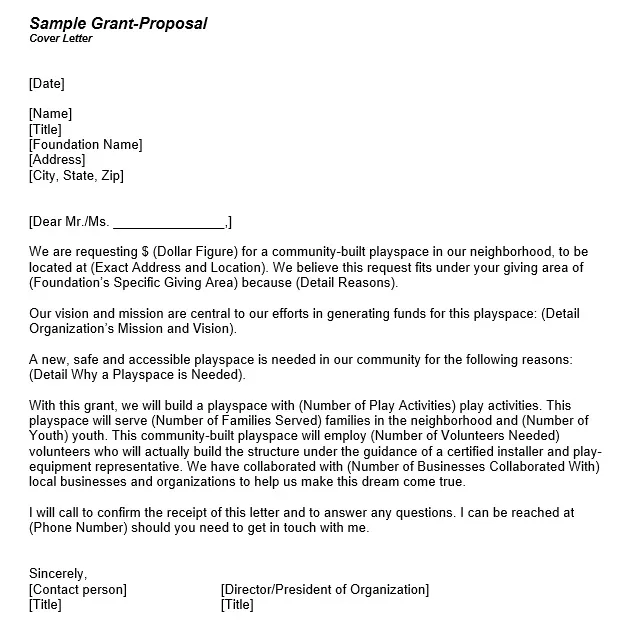
At the very top, include your organization’s name, address, phone number, and email address. Following this, add the date of the letter. This ensures that the funder knows how to contact you and provides a clear indication of when the proposal was submitted. Proper formatting ensures that all vital information is accessible, making it easy for the funder to reach out if needed. A well-presented header helps the funder easily identify your organization and its contact information, which is critical for future correspondence and communication about the grant.
Identifying the Grant and Funder
Clearly state the specific grant program you are applying for and the name of the funding organization. This shows that you have carefully researched the funder’s guidelines and are addressing the correct program. It demonstrates attention to detail and compliance with the funder’s requirements. Mentioning the specific grant title and the funding organization directly shows that the letter is tailored to the specific opportunity. This personalized touch is critical because it shows the funder that you understand their requirements and priorities. Avoid generic language, and demonstrate that you understand the mission of the funding organization and how your project aligns with its goals.
Crafting a Compelling Opening
Your opening paragraph should immediately grab the reviewer’s attention. Start with a brief, impactful statement that clearly states the purpose of the letter and the project you are proposing. This could be a concise summary of the problem you are addressing or the innovative solution you are offering. The initial sentences are critical because they set the tone for the entire proposal. Make them engaging and relevant, and also ensure they capture the essence of your project and its potential impact. Avoid generic phrases, and aim for language that is both professional and persuasive. Clearly articulating the project’s goal in the opening paragraph creates a clear and concise foundation for the rest of the letter.
Highlighting Your Organization’s Mission
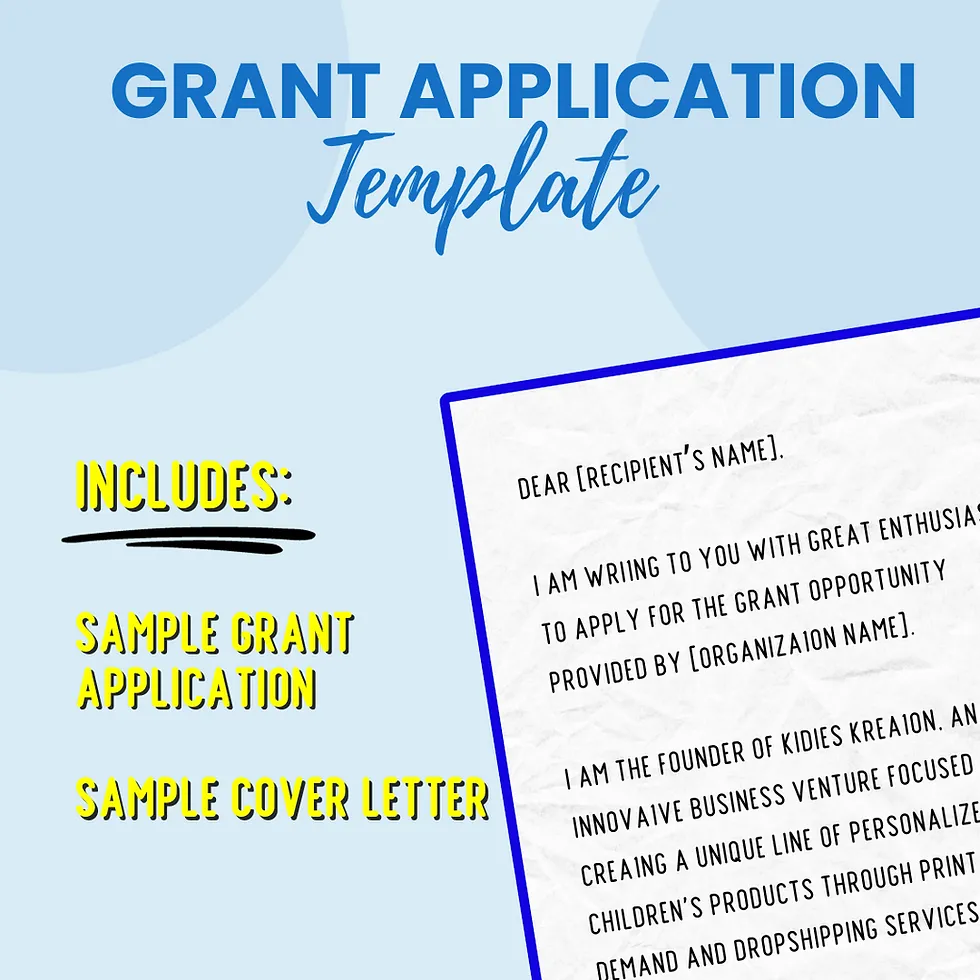
Briefly describe your organization’s mission and its relevant experience. This establishes your organization’s credibility and expertise in the field. It provides the funder with context, showing that your organization is dedicated to the cause and is capable of effectively managing the project. Include the mission statement, which demonstrates your commitment to addressing the issue. Highlight your organization’s history and past accomplishments that are relevant to the project, and briefly describe how your organization’s values align with the funder’s mission. This builds trust and assurance with the grant provider that you share common values. This is critical in demonstrating that your organization is the right fit for the funding opportunity.
Summarizing the Project
Provide a concise overview of your project, including its goals, objectives, and the target population it will serve. This gives the funder a clear understanding of what your project aims to achieve and who it will benefit. Mention the key activities, timeline, and expected outcomes, providing a roadmap for your proposal. Highlight the innovative aspects of your project. Summarizing your project allows you to condense the important details that the funder needs to grasp the project’s scope. A clear project summary demonstrates that you have a well-defined plan, which in turn builds trust and confidence in your ability to deliver successful results. When done correctly, the summary provides the funder with a snapshot of your project’s significance and potential impact.
Showcasing Your Qualifications and Experience
Highlight your organization’s experience and expertise in the area related to the grant. Mention any previous successes, relevant projects, or specific skills that make your organization uniquely qualified to undertake this project. Provide evidence of past achievements and demonstrate a track record of successful project management. Refer to any relevant qualifications, certifications, or awards, demonstrating the competence and professionalism of your organization. By emphasizing your qualifications and experience, you show the funder that you have a solid understanding of the project’s needs. This is important for building confidence in your organization’s ability to successfully manage and deliver the grant.
Expressing Gratitude and Encouraging a Review
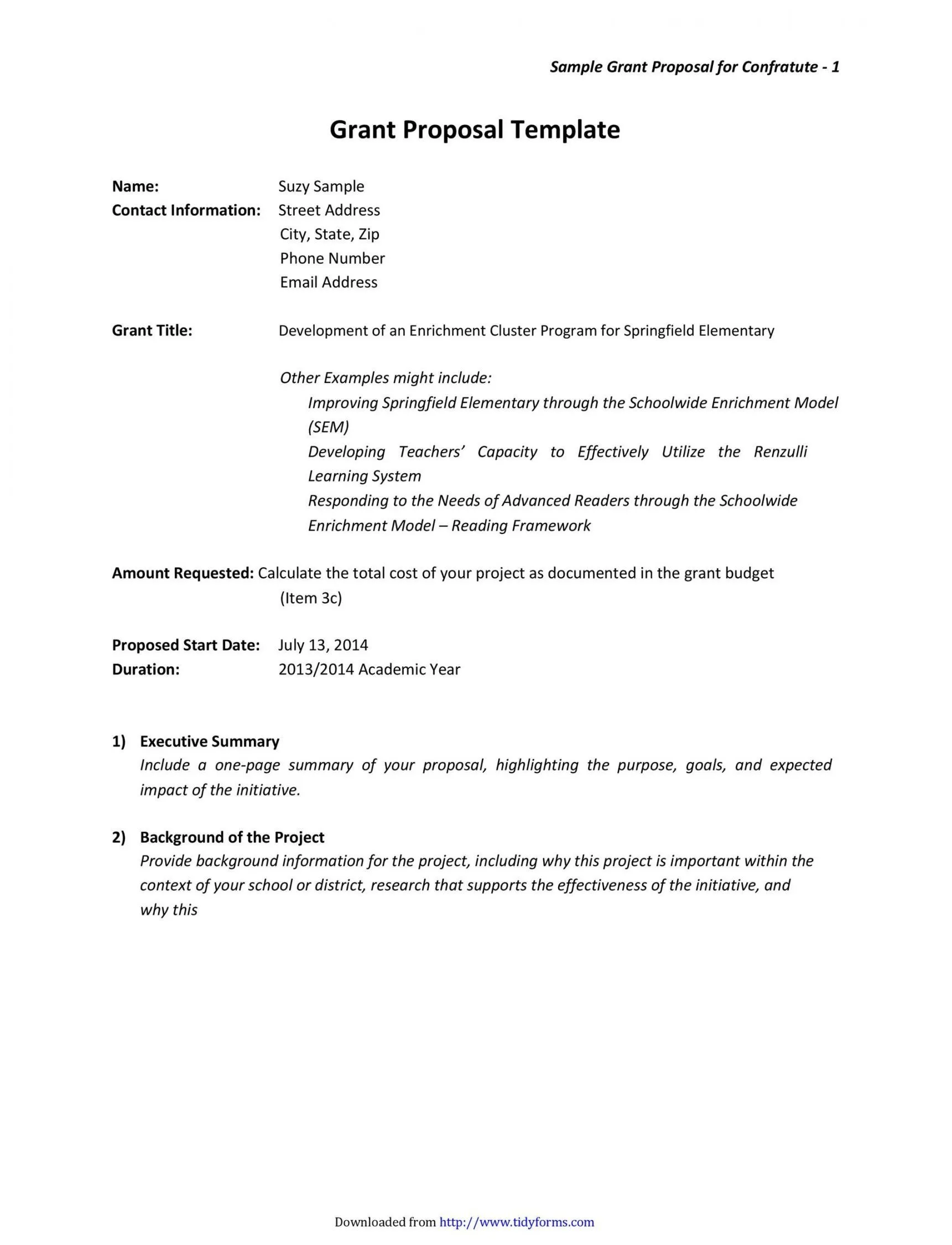
Express your gratitude for the funder’s consideration. Thank them for their time and for the opportunity to submit your proposal. Encourage them to review your proposal in detail and let them know that you are available to answer any questions they may have. Thanking the funder for their consideration and acknowledging their support of your project creates a positive impression. Be enthusiastic and also courteous in your request for review. A courteous closing statement is an effective way to build rapport and demonstrate your respect for the funder’s time and effort. Mention that you are available for questions and provide your contact information. This encourages the funder to reach out to you for further clarification or information.
The Proper Closing and Signature
Use a professional closing, such as “Sincerely,” or “Respectfully,” followed by your typed name and title. If submitting a physical letter, leave space for your signature above your typed name. Ensure all names and titles are correct. This ensures that you close the letter in a professional manner and includes all the necessary information. A well-formatted closing is important and underscores the importance of the letter as well as the seriousness of the request. This final step demonstrates attention to detail. A proper signature personalizes the letter and makes it more impactful. The closing and signature section demonstrates your professionalism and adds a personal touch to your application.
Proofreading and Formatting for Professionalism
Carefully proofread your cover letter for any grammatical errors, spelling mistakes, or typos. Ensure that the formatting is consistent and professional. Correct grammar, spelling, and formatting are critical. This will prevent any potential misinterpretations. Use clear and concise language. Proper formatting ensures that your letter is easy to read and that all the information is readily accessible. Poor formatting can distract from your message. Proofreading will improve the overall quality of your cover letter. Ensuring clarity and professionalism in your cover letter will increase your chances of securing the grant. Correcting any errors helps show that you are detail-oriented and committed to your organization.
Common Mistakes to Avoid
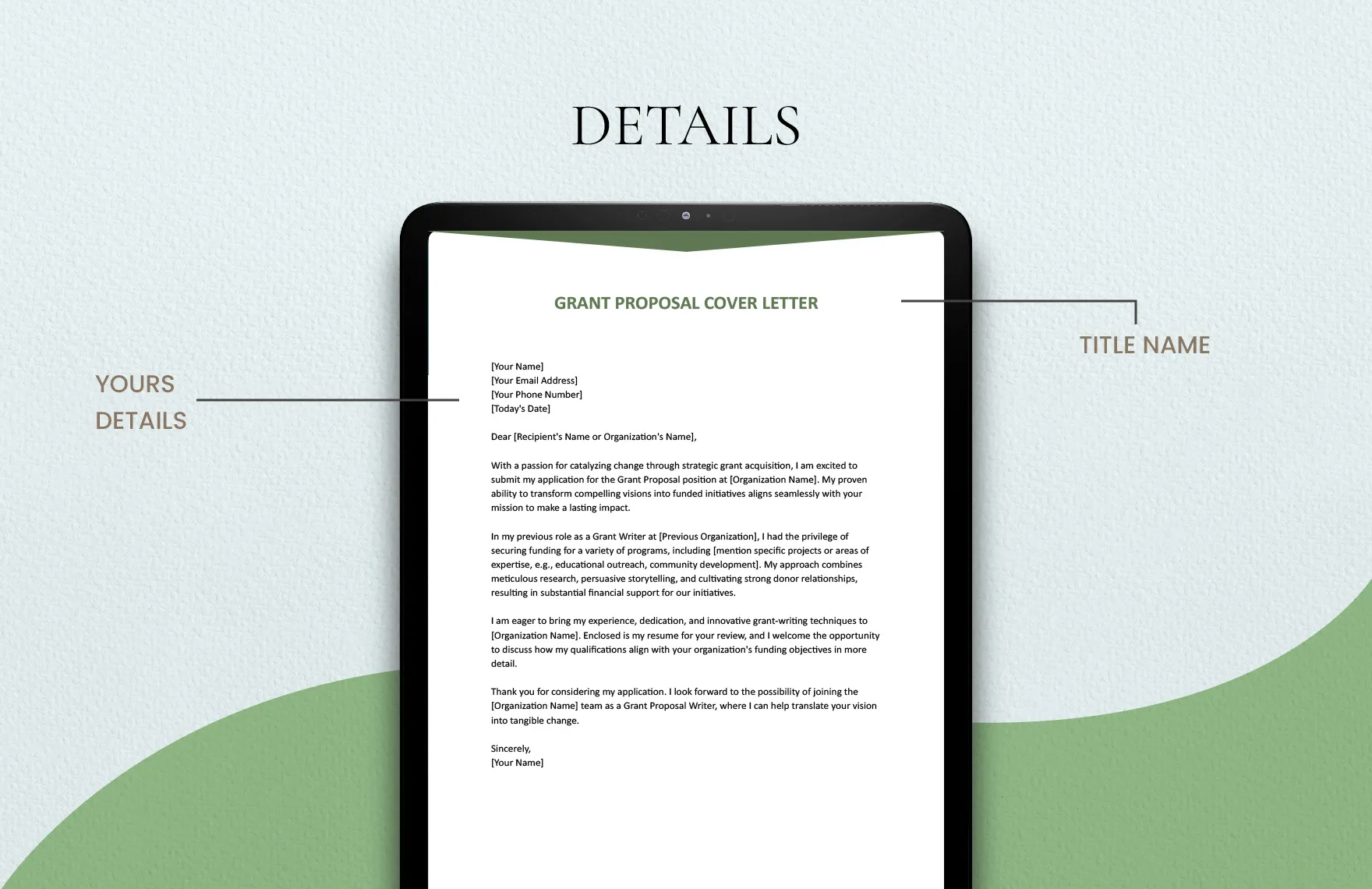
Avoid common mistakes that can significantly detract from your cover letter’s impact. First, do not use a generic cover letter; always tailor it to the specific grant opportunity and the funder’s priorities. Ensure that the information is current, and never include outdated content. Avoid using jargon or overly technical language that the funder may not understand. Never provide incorrect information, such as the wrong funder’s name or project details. Never exceed the recommended length, and keep the letter concise and to the point. By avoiding these common pitfalls, you can significantly improve the effectiveness of your cover letter, increasing your chances of securing the grant. A well-crafted letter can highlight your commitment to securing funding and ensuring the success of the project.
Using Action Verbs for Impact
Use action verbs throughout your cover letter to make your writing more dynamic and compelling. Action verbs describe what your organization does and what the project will achieve. Start your sentences with strong verbs. Instead of saying “We provided services,” say “We delivered services.” Instead of “The project will help children,” try “The project empowers children.” Action verbs create a clear image of your organization. The effective use of action verbs will make your letter stronger and more impactful. By including action verbs, you can ensure your project will become more memorable.
Tailoring Your Letter to Each Grant
Always customize your cover letter for each grant application. Avoid using the same generic letter for multiple opportunities. Research each funding organization and their specific priorities. Review the guidelines. Include references to the funder’s mission and goals. Tailoring your letter for each grant shows the funder that you are serious about the opportunity. By taking the time to understand their priorities, you demonstrate that your project is a perfect fit. This personalization increases your chances of success. Highlighting how your project aligns with their specific objectives shows the funder that you understand their mission. A customized cover letter demonstrates your attention to detail and your commitment to the project.
Analyzing Sample Cover Letters
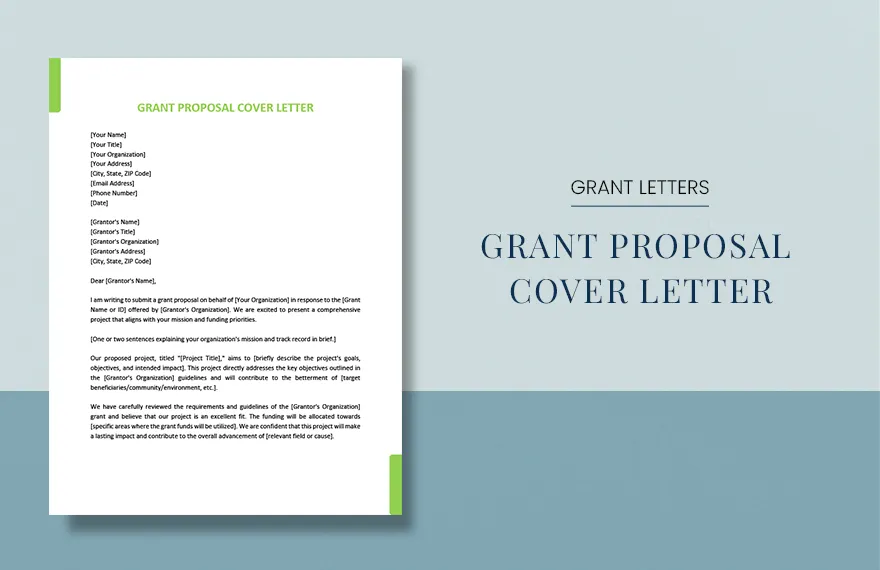
Reviewing sample grant proposal cover letters can provide valuable insights and help you understand how to structure your own. Look for examples that have secured funding. Analyze the tone, language, and key elements used in those successful letters. Examine different formats, and identify the strengths of various approaches. By studying these examples, you can get new ideas, improve your cover letter, and learn from the successes of others. Analyze sample cover letters that have proven successful, and use them as a template. By reviewing these examples, you can identify common strategies that improve the chances of success. Examining successful letters allows you to tailor your own cover letter for maximum impact. This exercise will provide insights into what works.
In conclusion, a well-crafted grant proposal cover letter is a crucial element in the grant writing process. It’s your chance to make a great first impression. By following the secrets revealed in this guide, you can create a cover letter that clearly and persuasively communicates the value of your project and the capabilities of your organization. Remember to always tailor your letter to the specific grant opportunity, highlight your organization’s strengths, and express gratitude to the funder. Good luck with your grant applications!
